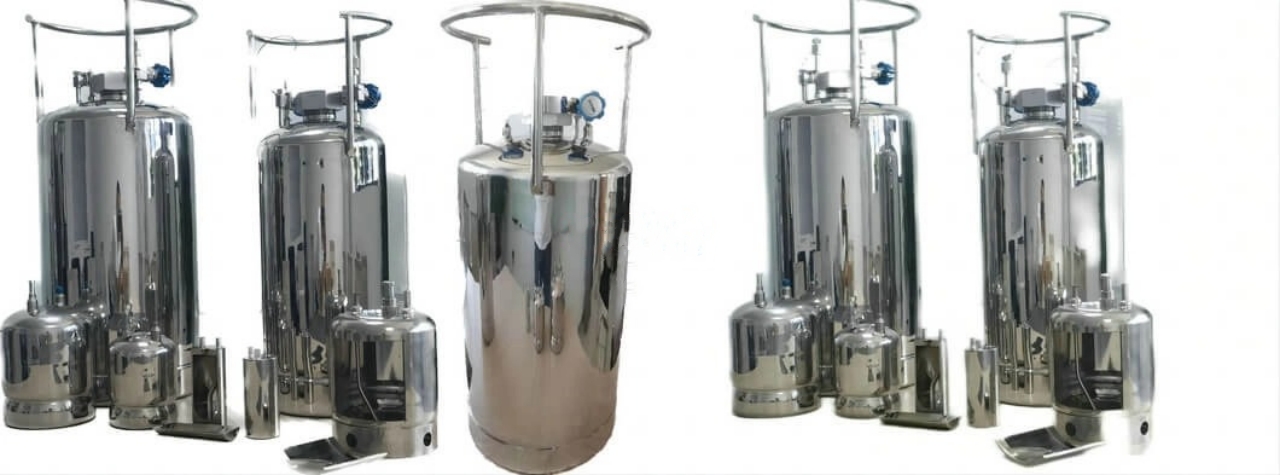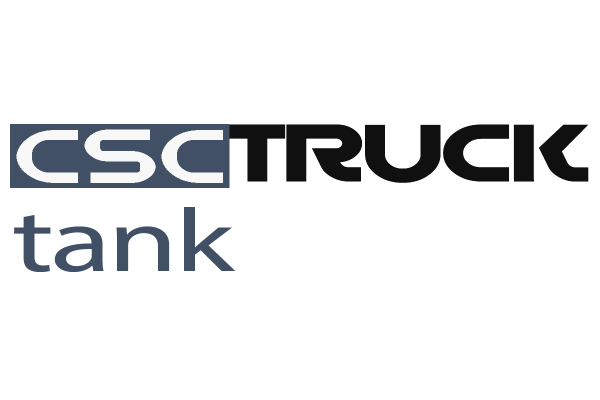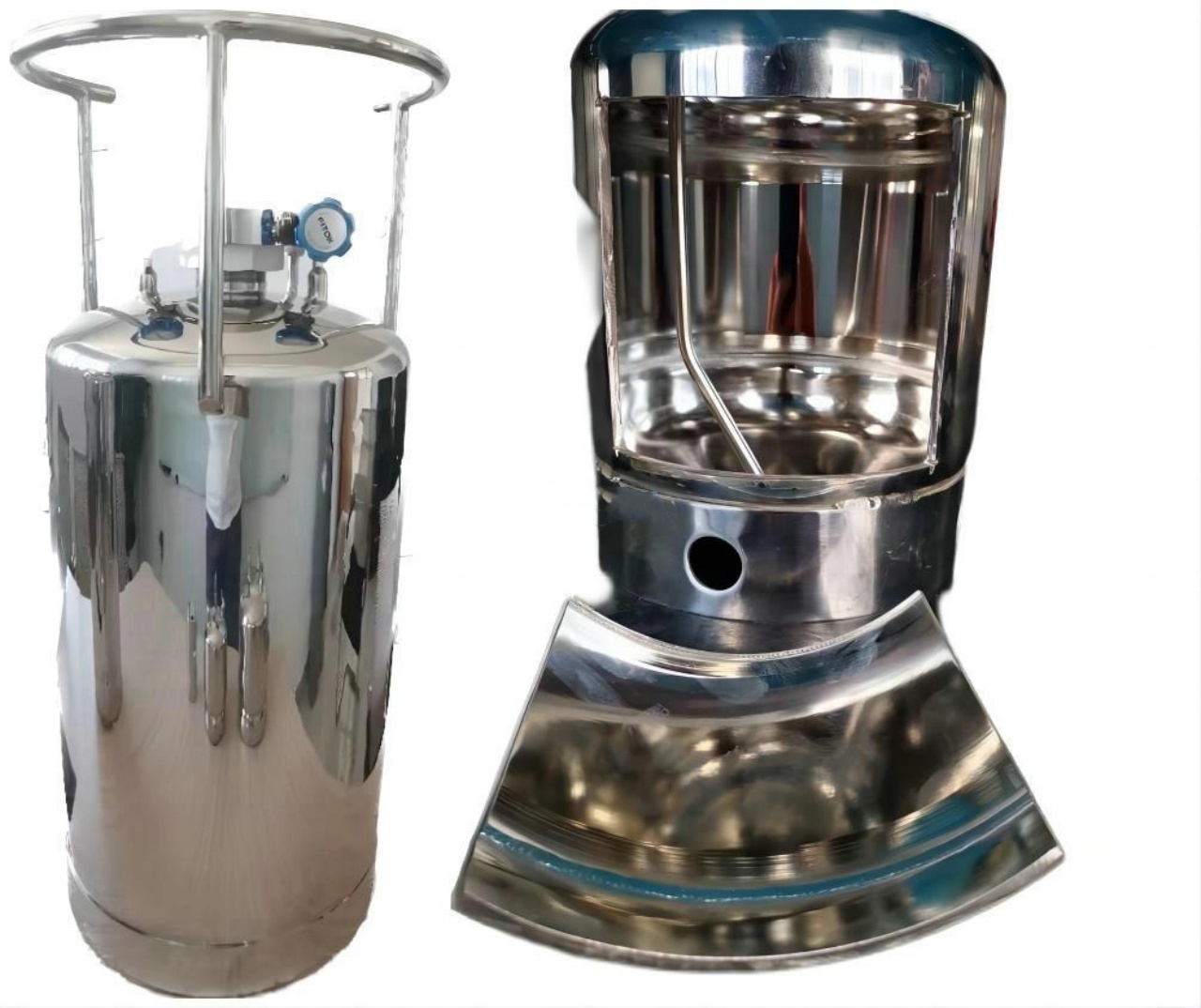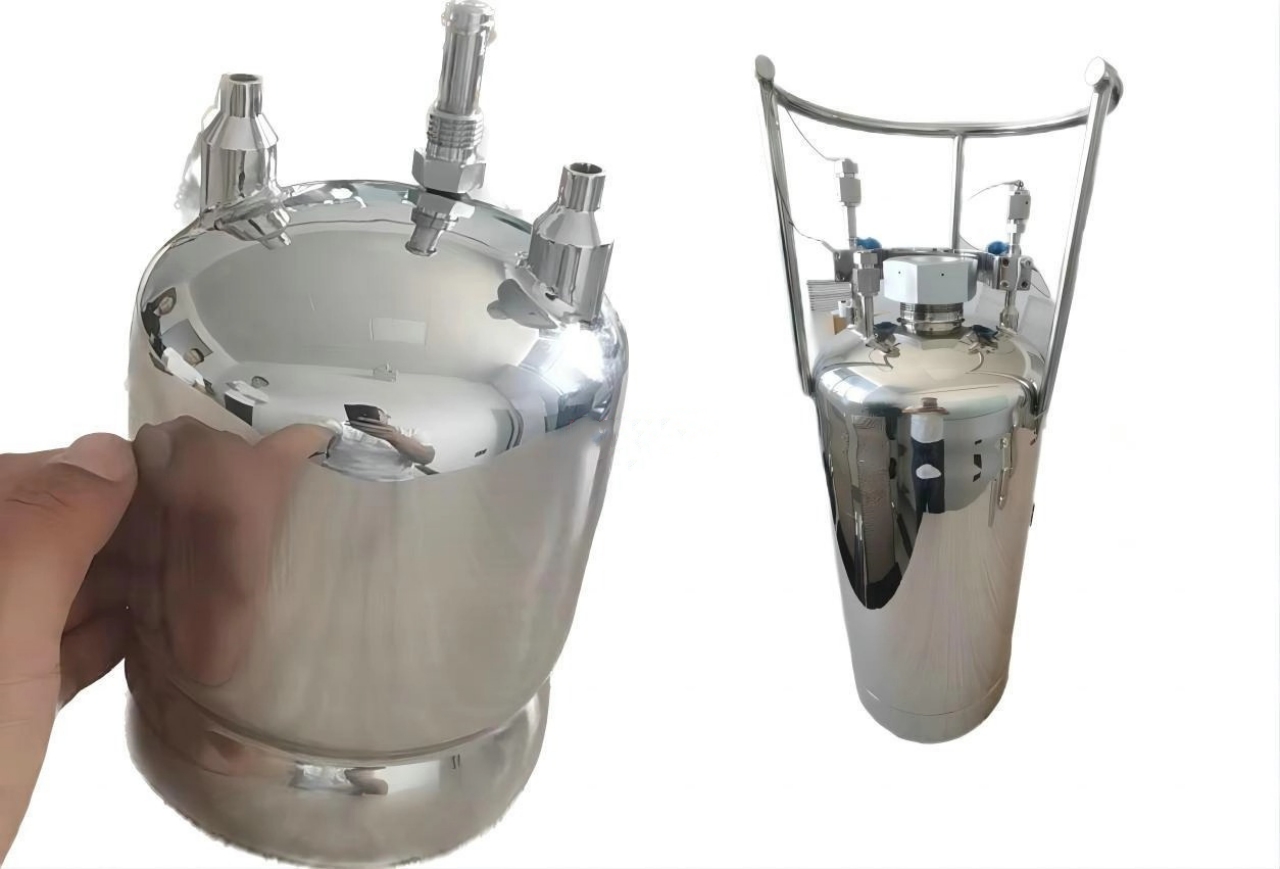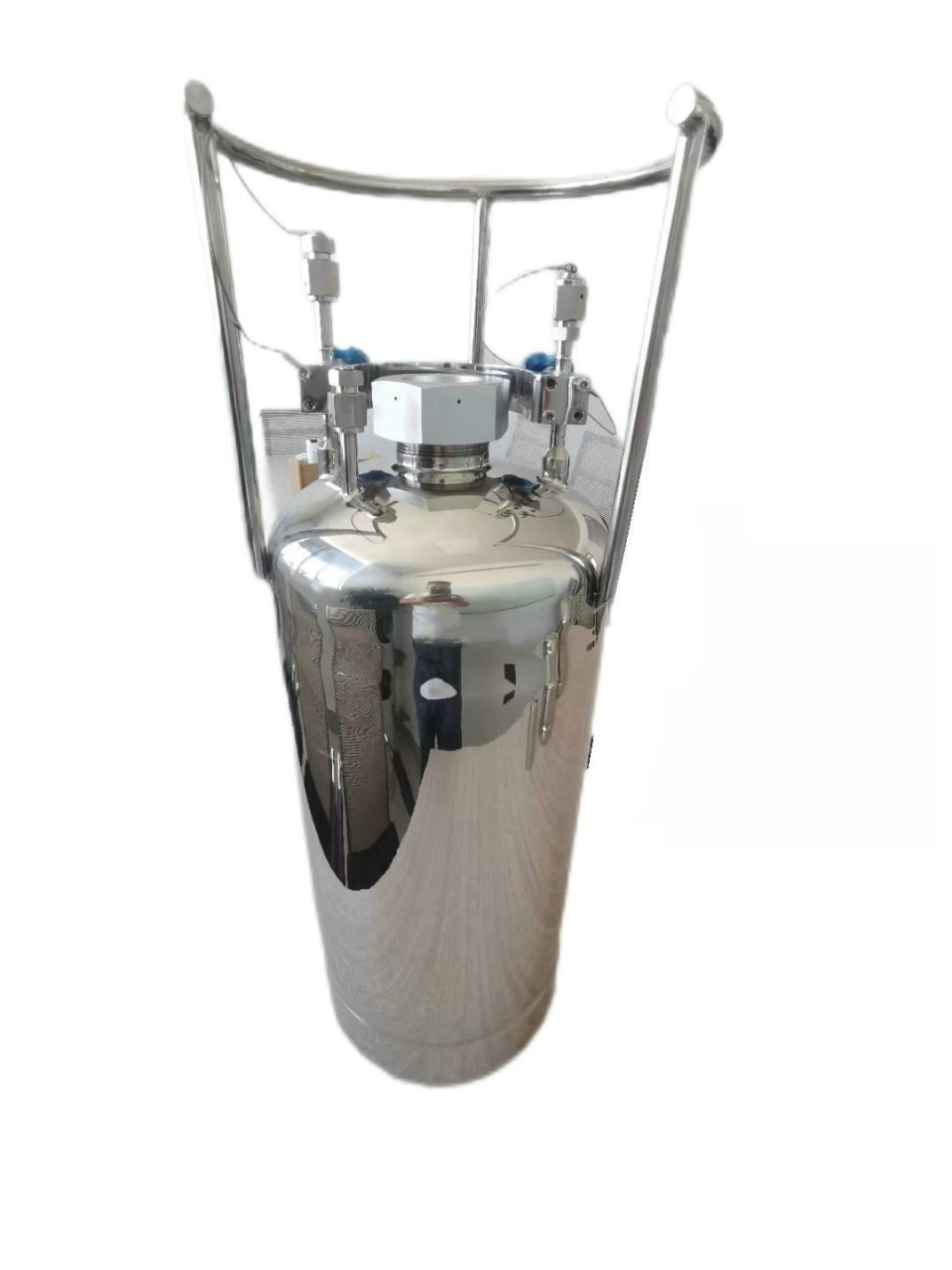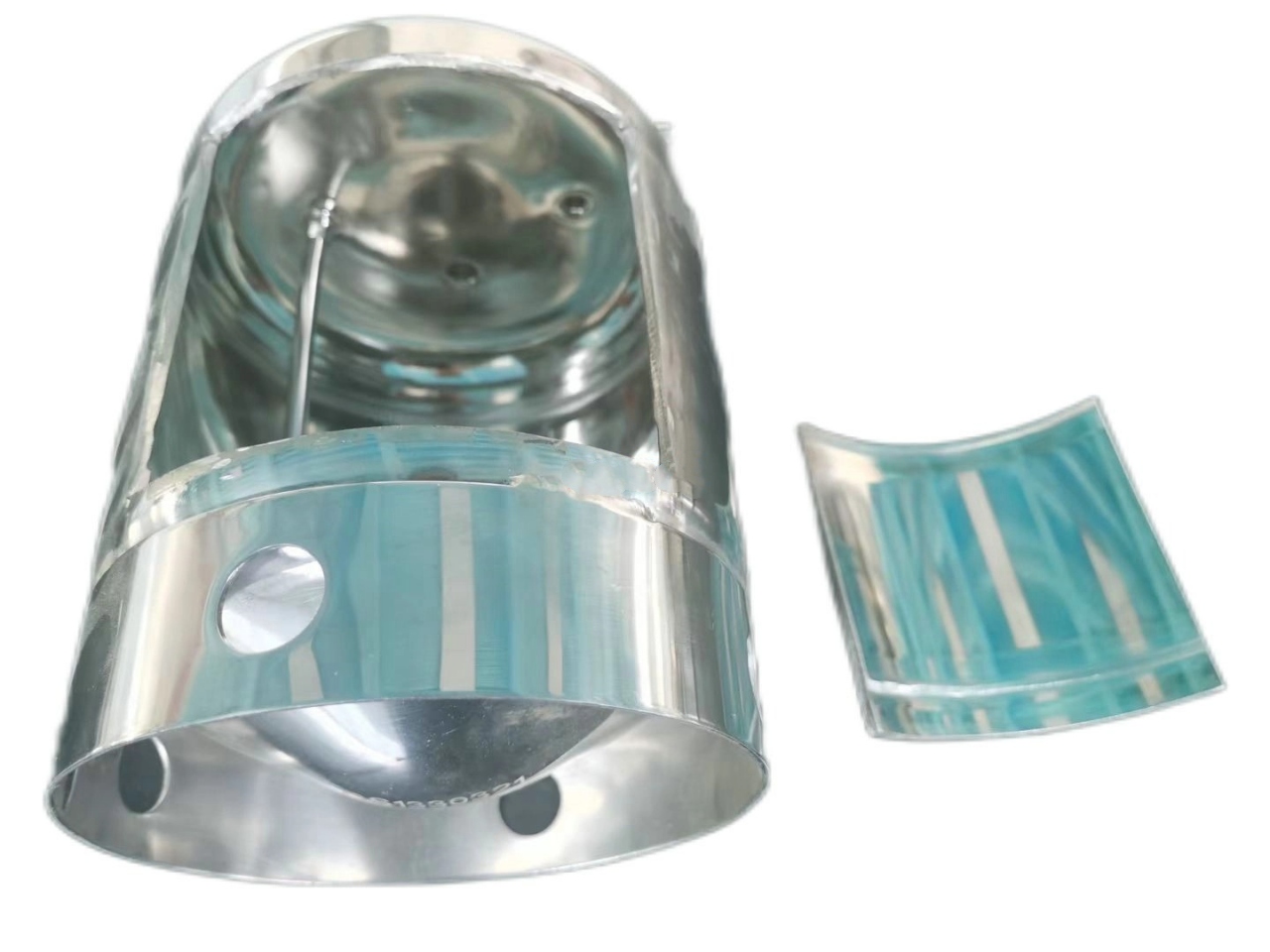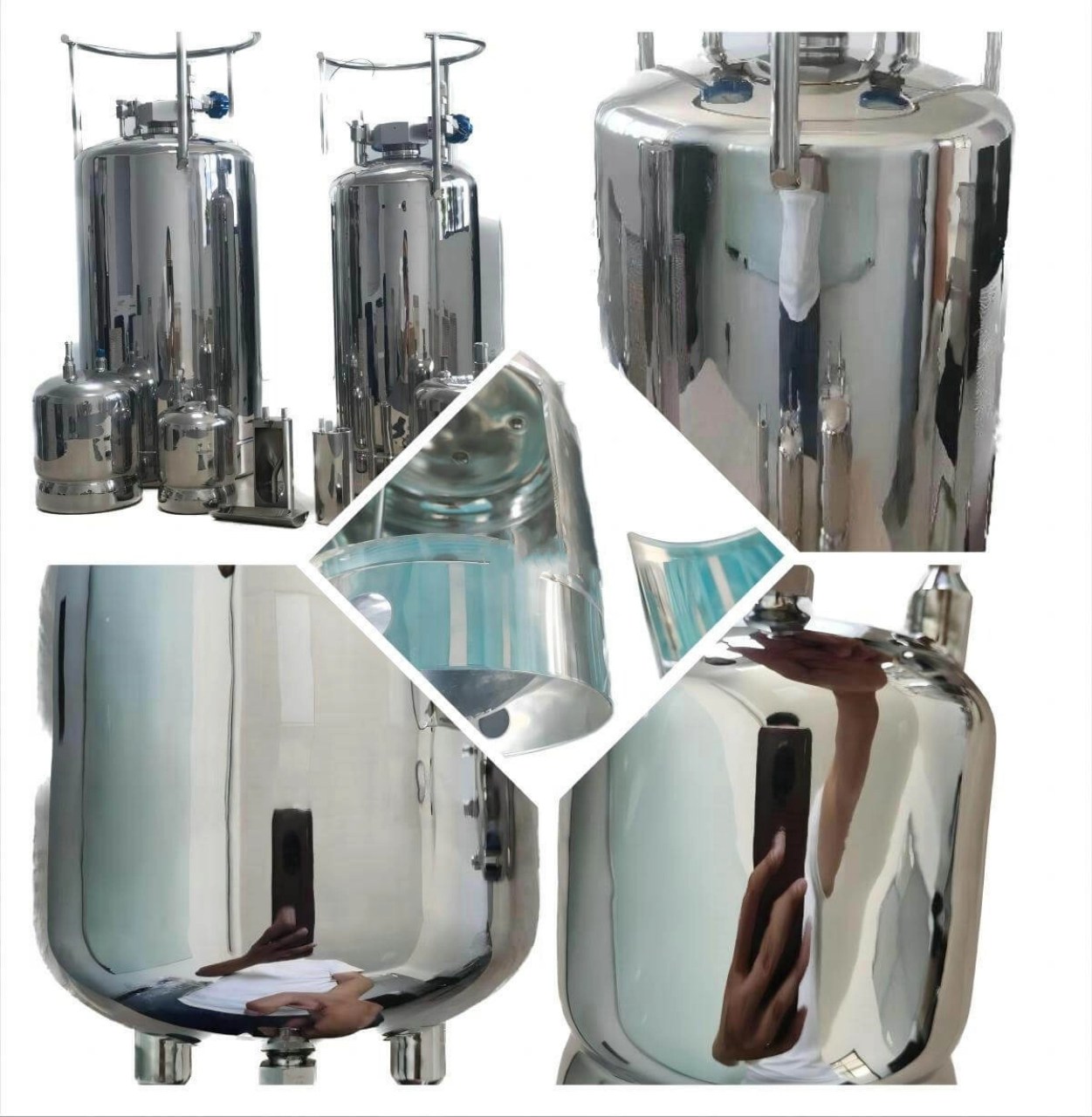Industrial gas cylinders are essential tools across a wide range of sectors, including manufacturing, healthcare, energy, and research. These cylinders are specifically engineered to store and transport gases under high pressure safely and efficiently. Among the most commonly used gases are oxygen, nitrogen, and a variety of specialty gases tailored to niche applications. High-pressure industrial gas cylinders are designed with meticulous attention to material strength, pressure rating, and compatibility with specific gases to ensure safe usage and regulatory compliance. This article explores the role, design, and standards of high-pressure gas cylinders used for oxygen, nitrogen, and specialty gases.
1. The Role of Industrial Gas Cylinders
High-pressure gas cylinders are used to compress gases into a dense form that can be safely stored and easily transported. These cylinders are vital in:
- Welding and metal fabrication: Oxygen and nitrogen support cutting, welding, and inerting processes.
- Medical applications: High-purity oxygen is used in hospitals for respiratory therapy and emergency care.
- Laboratories and research: Specialty gases are used in gas chromatography, spectroscopy, and calibration.
- Food and beverage industries: Nitrogen is used for packaging, freezing, and preserving freshness.
- Electronics and semiconductor manufacturing: Specialty gases enable processes like etching and doping.
Without reliable gas cylinder technology, the supply chain of critical gases would be impractical and hazardous.
2. Cylinder Design and Construction
High-pressure industrial gas cylinders are manufactured from either seamless steel, aluminum alloy, or composite materials, depending on the application and the gas they store.
- Steel cylinders are favored for their durability and high-pressure tolerance (typically up to 300 bar).
- Aluminum cylinders offer lighter weight, corrosion resistance, and are preferred in portable and medical applications.
- Composite cylinders, reinforced with carbon or fiberglass, offer the best weight-to-pressure ratio but are generally costlier.
Each cylinder consists of a valve, pressure gauge, and often a protective cap or collar to prevent valve damage during handling. Valves are customized for each gas type to prevent cross-contamination and ensure safe dispensing.
3. High-Pressure Storage: Why It Matters
High-pressure storage means gases can be stored in more compact volumes. For example:
- Oxygen is typically stored at 150–200 bar in medical settings, and up to 300 bar in industrial applications.
- Nitrogen, being inert, is stored at similarly high pressures, making it convenient for large-scale or continuous operations.
- Specialty gases, although used in smaller quantities, also require high-pressure cylinders to ensure accuracy and consistency in applications like calibration or controlled environments.
The benefit of high-pressure cylinders includes reduced frequency of refills, smaller storage footprint, and higher mobility of gas supply systems.
4. Oxygen Cylinders: Precision and Safety
Oxygen is a reactive gas that supports combustion, making its handling especially critical. Oxygen cylinders:
- Must be kept free from oil, grease, and organic contaminants.
- Require dedicated valves, regulators, and fittings marked for oxygen service.
- They are commonly painted white or green, depending on national standards, for easy identification.
- Often include pressure relief devices like burst disks or fusible plugs to prevent an explosion under abnormal heat or pressure.
Applications range from oxygen therapy in hospitals to cutting torches in industrial workshops, highlighting the versatility and safety needs of oxygen cylinders.
5. Nitrogen Cylinders: Inert, Versatile, and Essential
Nitrogen, an inert and non-flammable gas, is crucial in preventing oxidation, contamination, or undesired chemical reactions. Nitrogen cylinders:
- They are used in blanketing systems, purging operations, pressure testing, and tire inflation.
- Typically stored at pressures up to 200–300 bar, depending on the volume and application.
- They are painted black or gray, again depending on region-specific labeling conventions.
Due to its inert nature, nitrogen is considered safer to handle than reactive gases, but its ability to displace oxygen makes adequate ventilation essential when used in confined spaces.
6. Specialty Gases: Purity and Performance
Specialty gases include a wide variety of pure gases and gas mixtures, such as:
- Argon, helium, and krypton are used in lasers and lighting.
- Calibration gas mixtures for environmental monitoring and laboratory instruments.
- Silane, phosphine, and sulfur hexafluoride are used in electronics and the power industries.
These gases require precise mixing, high purity, and low contamination thresholds, meaning the cylinders must be cleaned, vacuum-evacuated, and filled under strict quality control protocols.
Specialty gas cylinders often include:
- Certificate of Analysis (CoA) detailing the exact composition.
- Batch traceability and serial number marking.
- Special pressure regulators and inert linings to prevent reactions with the cylinder walls.
7. Regulatory Compliance and Safety Standards
High-pressure gas cylinders are subject to stringent regulations and must comply with international safety standards, including:
- ISO 9809: For seamless steel gas cylinders.
- ISO 7866: For seamless aluminum-alloy gas cylinders.
- DOT and UN standards: For transport and hazardous material identification.
- TPED (Transportable Pressure Equipment Directive): In Europe.
Cylinders are tested through:
- Hydrostatic testing to assess pressure tolerance.
- Ultrasonic or radiographic testing for structural integrity.
- Leak testing before final approval.
Regular inspection and requalification every 5 to 10 years is mandatory, depending on local laws and cylinder type.
8. Handling and Storage Best Practices
To ensure safety and cylinder longevity, best practices include:
- Storing upright and securing cylinders to prevent tipping.
- Using correct regulators and pressure relief devices.
- Label all cylinders clearly with gas contents and hazards.
- Keeping away from heat sources and flammable materials.
- Never tamper with safety valves or markings.
Personnel handling gas cylinders should be trained in emergency response, leak detection, and safe valve operation.
9. The Future of High-Pressure Gas Cylinders
Advancements in cylinder materials, smart sensors, and telemetry are transforming the gas delivery landscape. Innovations include:
- Digital cylinder tracking via RFID or barcodes.
- Real-time pressure and usage monitoring.
- Lighter composite designs for aerospace and defense.
- Green cylinders are manufactured with sustainability in mind.
As industries demand higher precision and safer logistics, the role of intelligent high-pressure gas cylinders will become even more critical.
Conclusion
High-pressure industrial gas cylinders for oxygen, nitrogen, and specialty gases are fundamental to modern industry and healthcare. Their design combines robust engineering with strict safety protocols to deliver gases efficiently and securely under demanding conditions. As technology evolves, so too does the sophistication of these vessels, ensuring that the world’s gas supply remains both reliable and safe. Whether it’s saving lives in an ICU, enabling a scientific breakthrough, or powering an industrial process, the humble gas cylinder stands at the core of countless operations around the globe.
